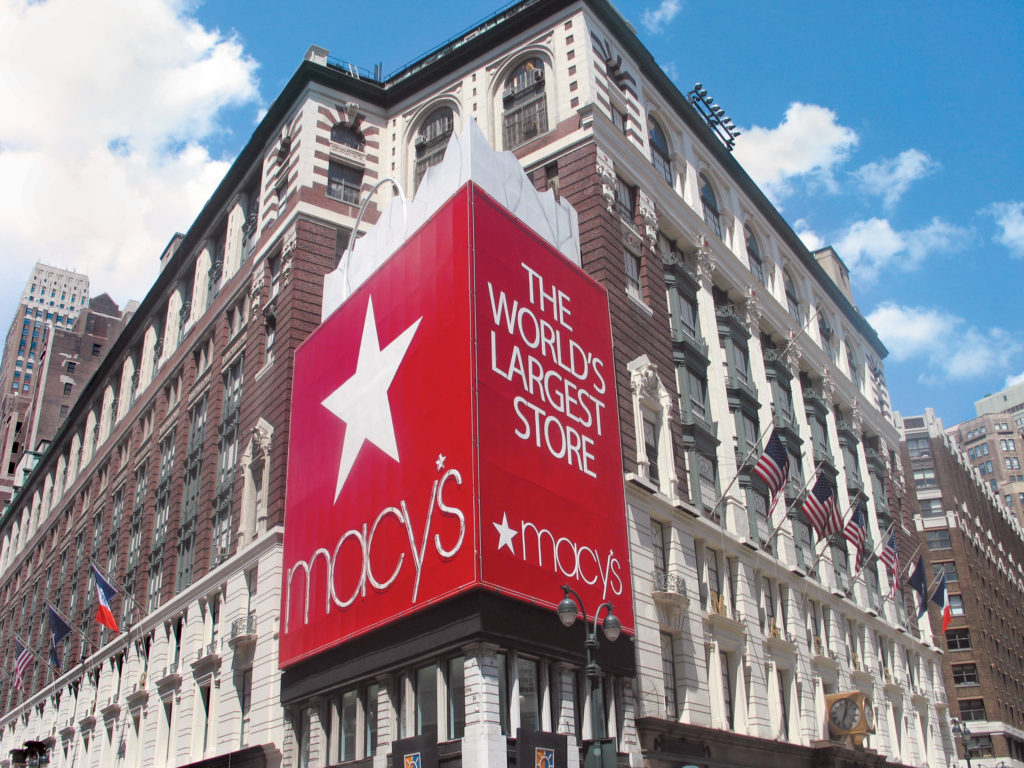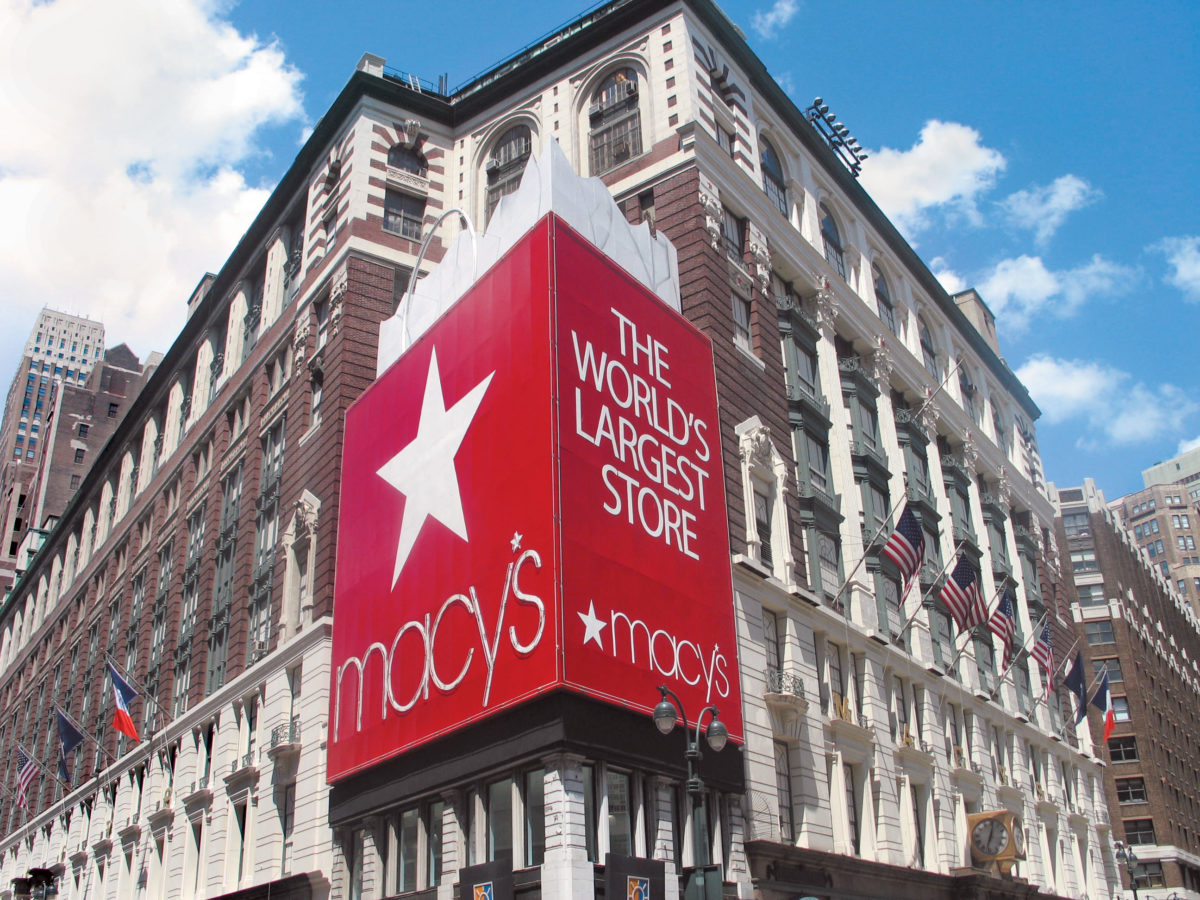MACY’S TO CLOSE 100 STORES AMID CONTINUED SALES DECLINE


Macy’s, Inc. has outlined a series of initiatives to drive profitable growth, enhance shareholder value and strengthen Macy’s as America’s preferred omni-channel shopping destination. Plans include re-creating Macy’s physical store presence as customer shopping preferences and patterns evolve, reallocating investments to highest-growth-potential store and digital businesses, and capitalizing on opportunities within the company’s real estate assets.
As part of this strategy, the company intends to close approximately 100 Macy’s full-line stores (out of a current portfolio of 728 Macy’s stores, including 675 full-line locations). Most of these stores will close early in 2017, with the balance closing as leases and certain operating covenants expire or are amended or waived. The locations of the 100 stores to be closed will be announced at a later date, once the company makes final decisions. The company will act to remain connected to customers of the stores it will be closing by supplementing merchandise assortments in surrounding locations, as well as through the company’s online site and mobile app.
Together, annual sales volume of the approximately 100 closed locations, net of sales expected to be retained in nearby stores and online, is expected to be roughly $1 billion. The reduction in EBITDA is expected to be offset by expense savings beyond those associated with store closings.
“Customers nearly everywhere in America will have easy access to Macy’s stores, with the additional convenience and increased functionality of our dynamic digital offering,” said Jeff Gennette, president of Macy’s, who is designated to succeed Terry Lundgren as chief executive officer in the first quarter of 2017. “We recognize that these locations do not yield an adequate return on investment and often do not represent a customer shopping experience that reflects our aspirations for the Macy’s brand. We decided to close a larger number of stores proactively so we can invest in a winning customer experience in our most productive and highest-potential locations, as well as invest in growth sooner and more aggressively in digital and mobile.”
The company will communicate its store closing decisions directly with the associates in those locations prior to a public announcement. Associates displaced by store closings may be offered positions in nearby stores where possible. Eligible full-time and part-time associates who are laid off due to the store closing will be offered severance benefits.
“We believe that this reduction of 100 locations in the short term will result in a more appropriate store portfolio for Macy’s in the longer term and help us to accelerate our progress in building a vibrant omnichannel brand experience. With this strategy, we will be able to reinvest in a more energized shopping experience in our remaining stores and elevate our total customer experience across all methods of shopping,” he added.

The company has also revealed that it is in negotiations to sell the Macy’s Men’s Store on Union Square in San Francisco for redevelopment. Details of that transaction will be made available if and when a deal is finalized. If a transaction is finalized, the Union Square Men’s Store likely will be closed after a comprehensive and compelling men’s shopping experience is built within the main Union Square store, which is located across the street. In that scenario, the Men’s Store will remain open until the new shopping environment in the main store is completed.
Macy’s, Inc. today operates 728 Macy’s stores. Over the past six years (2010 through 2016 to date), approximately 90 Macy’s stores have been closed and 13 new Macy’s stores have been opened. In addition, six new Macy’s Backstage off-price locations opened in fall 2015.
Sales in the second quarter of 2016 totaled $5.866 billion, a decrease of 3.9 percent, compared with sales of $6.104 billion in the same period last year. The difference between the year-over-year change in total and comparable sales largely resulted from the closing of 41 underperforming Macy’s stores in fiscal 2015. For the year to date, Macy’s, Inc. sales totaled $11.637 billion, down 5.7 percent from total sales of $12.336 billion in the first half of 2015.








